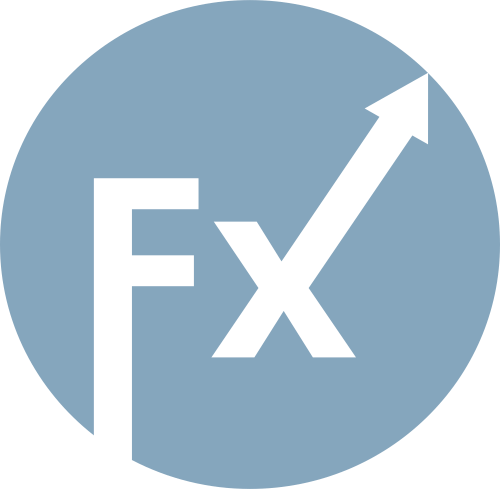In a sharp new turn in U.S. trade policy, former President Donald Trump announced on Tuesday a 50 percent tariff on imported copper and signaled the imminent rollout of long-threatened duties on semiconductors and pharmaceutical products. These measures mark a significant escalation in a global trade confrontation that has already unsettled international markets.
Just one day after sending official tariff notices to 14 trading partners — including key allies such as South Korea and Japan — Trump doubled down on his threat to impose 10 percent tariffs on goods from BRICS countries, naming Brazil and India among the targets.
Although Trump described ongoing trade talks with the European Union and China as productive, he also revealed plans to send another tariff warning to the EU within days, suggesting that the negotiations may not shield allies from future economic penalties.
Market reactions were swift. U.S. copper futures surged more than 10 percent following Trump's announcement. The spike reflects the critical role copper plays in electric vehicles, defense technology, and national infrastructure. Meanwhile, pharmaceutical stocks fell after Trump threatened to impose a 200 percent duty on imported medicines — though he noted such a move might be delayed by up to a year.
According to Yale Budget Lab analysts, the latest wave of tariffs will raise the effective average import duty paid by U.S. consumers to 17.6 percent. This figure surpasses the previous high of 15.8 percent, making it the steepest tariff burden seen in nearly a century.
The Trump administration is promoting the latest wave of tariffs as a significant boost to federal income. Treasury Secretary Scott Bessent reported that the U.S. has already collected around 100 billion dollars, with expectations to reach 300 billion by year-end. In contrast, tariff revenue in recent years had hovered near 80 billion annually.
The European Union, America's largest bilateral trading partner, is working against the clock to finalize a trade agreement by August 1. Brussels is aiming to secure concessions for key export sectors, such as aerospace, medical devices, and alcoholic beverages. There is also ongoing discussion about a separate accord to shield European carmakers with production bases in the United States.
As tensions rise in the global trade arena, the U.S. dollar edged toward a two-and-a-half-week high against major currencies. Meanwhile, copper prices surged to an all-time record following Trump's announcement of a 50 percent import tariff on the critical industrial metal.
Semiconductors and Pharma in the Crosshairs
Wall Street came under pressure Tuesday after Trump signaled looming tariffs on semiconductors and pharmaceuticals. By Wednesday, futures continued to point downward, highlighting increased investor anxiety over new trade disruptions in vital sectors like tech and healthcare.
Asian-Pacific stock markets delivered mixed performances midweek as investors assessed the fallout from Trump's latest statements. Japan and South Korea, both major U.S. trading partners, face the threat of new duties unless a deal is reached by August 1. Yet Trump has given conflicting signals about whether that date is firm or negotiable.
Asian stock exchanges showed mixed results on Wednesday. Japan's Nikkei index rose by 0.3 percent, South Korea's KOSPI climbed 0.5 percent, and mainland China's CSI300 added 0.3 percent. In contrast, Australia's main index dropped 0.5 percent, and Hong Kong's Hang Seng slipped 0.7 percent.
European markets opened slightly higher, with STOXX 50 futures up by 0.3 percent. In the U.S., S&P 500 futures edged down 0.1 percent, following a similar drop on Tuesday, which extended the early-week decline of 0.8 percent. Investors appear hesitant amid trade uncertainty.
Copper futures in both Shanghai and London declined as traders scrambled to adjust to Trump's abrupt announcement of new tariffs. The potential logistical challenges of meeting U.S. demand have injected volatility into the commodities market.
Trump reiterated the possibility of slapping a 200 percent tariff on imported pharmaceuticals. While he suggested the measure could be postponed for up to a year, the prospect alone has added pressure to healthcare markets.
The U.S. dollar extended its recent rally, touching 147.19 yen, its strongest level since June 20. The broader dollar index, which tracks the currency against six major counterparts, climbed to 97.602, approaching its June 25 peak of 97.837.
The euro slipped slightly to 1.1715 dollars, while the British pound remained virtually unchanged at 1.3591 dollars.
Gold prices continued to fall, losing another 0.3 percent to settle at 3292 dollars per ounce after a sharp drop of more than 1 percent on Tuesday. Oil also retreated from two-week highs, with Brent declining 22 cents to 69.93 dollars per barrel and West Texas Intermediate falling 23 cents to 68.10 dollars.

БЫСТРЫЕ ССЫЛКИ